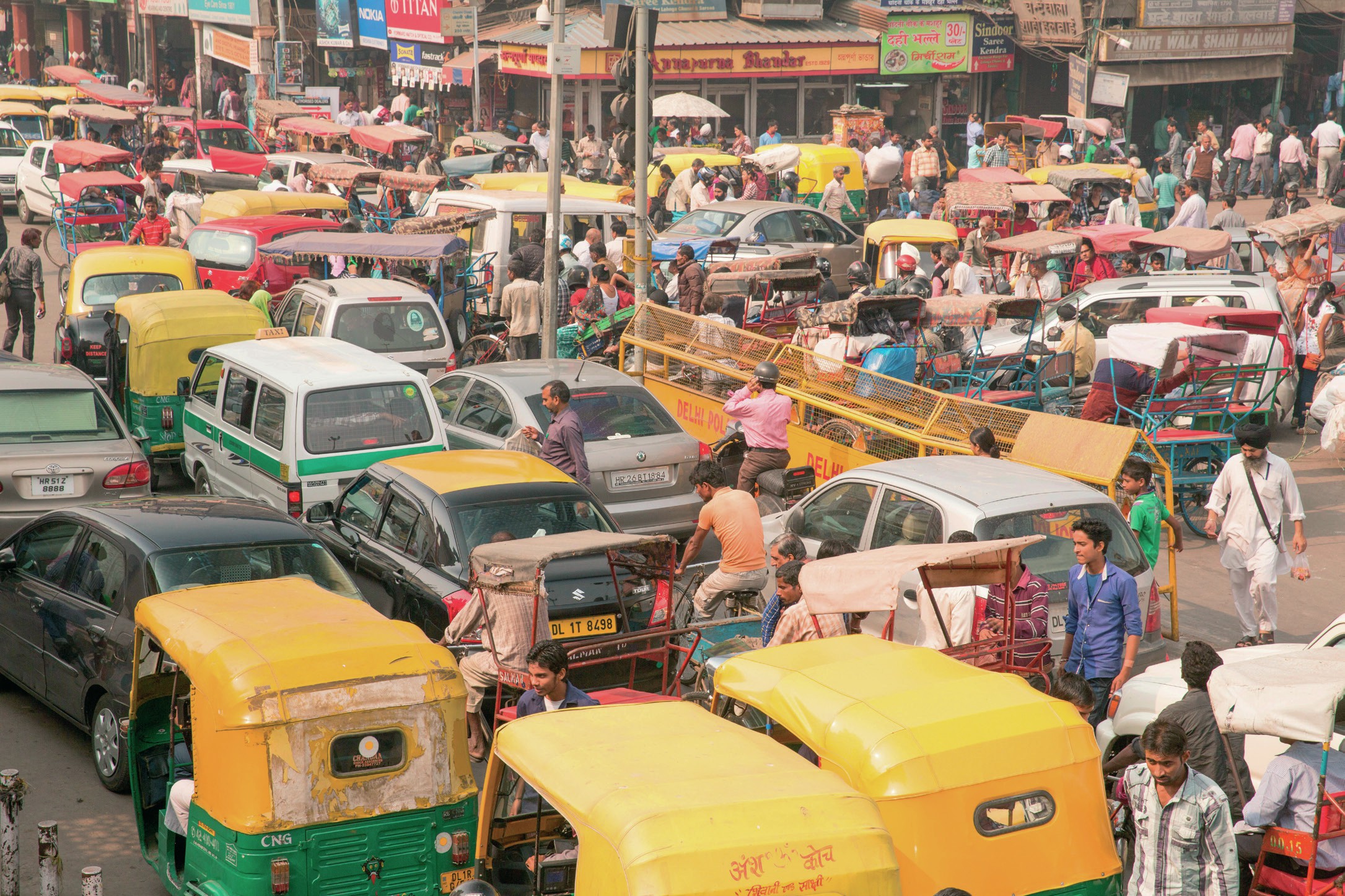
Delhi is the capital of India and is located in the north of the country (Figure 1), with a population of over 16.7 million. The city’s population is increasing fast, and is likely to continue to expand as India’s rapid economic growth continues (Table 1). The growth in population creates a number of challenges for the city’s authorities, including traffic congestion and air pollution.
Most transport in Delhi is by road, with only 2% of transportation in the city (including commuting) taking place by rail. The number of motor vehicles is increasing as more people can afford to buy their own cars.
Your organisation does not have access to this article.
Sign up today to give your students the edge they need to achieve their best grades with subject expertise
Subscribe




